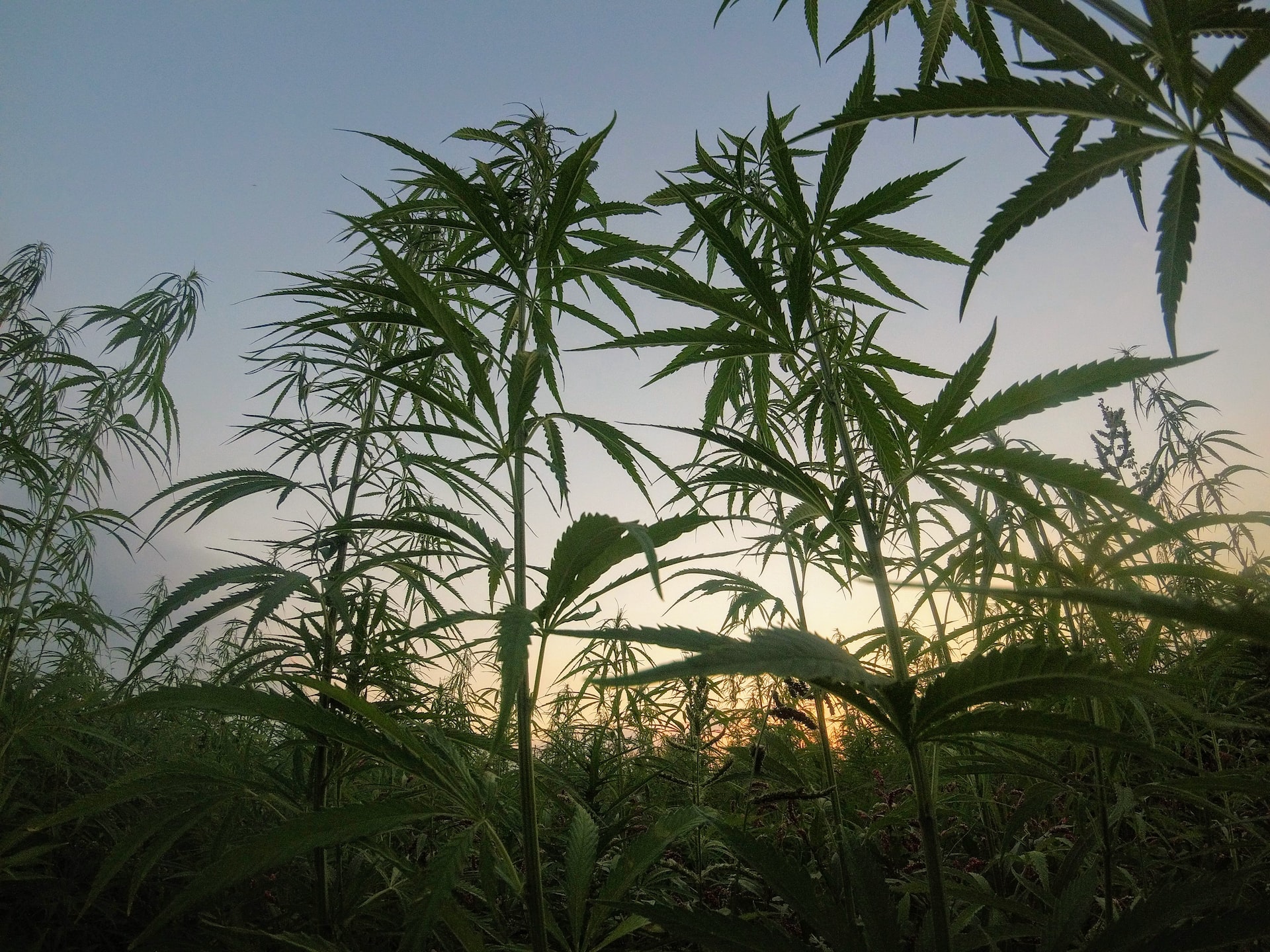
Why Low-Dose Cannabis Is Important
According to Jake Browne, America’s budtender and head strain reviewer at Denver Post’s The Cannabist, most consumers are not looking for strains to get them higher than Snoop Dogg and Willie Nelson trolling KFC at 3:00 a.m. on a weekend bender in Amsterdam.
“If I had cataloged the most common request at dispensaries where I’ve worked,” writes Browne, “it wouldn’t be, ‘What’s going to get me the highest?’ but rather, ‘What can I smoke that won’t knock me out?’”
Nonetheless, since the 1980s growers keep crossbreeding high-octane thoroughbred cannabis strains to steadily drive up THC content while breeding out an essential cannabinoid: CBD. According the National Institute on Drug Abuse, potency has increased from around 4 percent in the 1980s to 15 percent (as of 2012). Peruse a few menus in Denver or San Francisco and you’ll find plenty of strains topping 20, even 30 percent THC. (Notably, after the Netherlands saw THC increase dramatically from 2000 to 2005, THC content has trended downward for the last 10 years.)
For most consumers, “high-octane” THC is ill-suited for them on many levels. High THC is therapeutically less effective. It’s not as enjoyable. And, it’s far more likely to produce adverse — short and long-term — effects. So why do growers keep breeding stronger strains? Good question!
As long as cannabis has been used — nearly 5,000 years — medical practitioners have recognized the importance of moderate dosing. The earliest published volume on Chinese pharmacopoeia (circa 2700 B.C.E.), the Pen Ts’ao (The Herbal), warned consuming too many Ma (marijuana) seeds could cause a person to see demons, while moderate doses would enable users to communicate with the spirits. Of course, too much cannabis is unlikely to cause you to see demons, nor will just the right amount grant you mystical powers to “cross over.” But, the point is that for thousands of years, we’ve known moderate doses are better than high doses.
by Jeremy Kossen, full article here.


